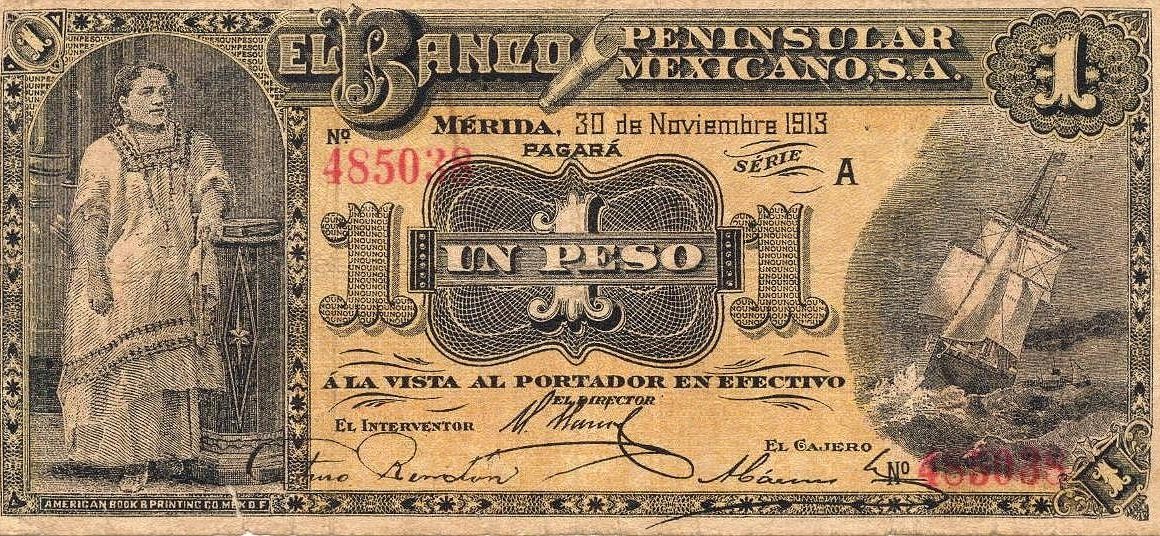Imagine a world where financial stress is a distant memory. Where you have a clear roadmap for your money and feel in control of your spending, savings, and investments. That world is within reach, and it starts with a budget planner. In this comprehensive guide, we’ll explore everything you need to know about budget planners: what they are, why you need one, the different types available, and how to choose the perfect one for your unique financial situation. Prepare to take control of your finances and build a more secure future.
What is a Budget Planner and Why Do You Need One?
A budget planner is more than just a spreadsheet or a notebook; it’s a powerful tool that empowers you to track your income and expenses, identify areas where you can save money, and achieve your financial goals. It’s the cornerstone of sound financial management.
Understanding the Basics
- At its core, a budget planner is a system for recording all your income and expenses over a specific period, typically a month.
- It allows you to see where your money is going, often revealing spending habits you weren’t even aware of.
- By understanding your cash flow, you can make informed decisions about how to allocate your resources.
Benefits of Using a Budget Planner
- Gain Control: A budget planner puts you in control of your finances, rather than letting your finances control you.
- Reduce Stress: Knowing exactly where your money is going can alleviate financial anxiety and stress.
- Achieve Goals: Whether it’s buying a home, paying off debt, or saving for retirement, a budget planner helps you set realistic goals and track your progress.
- Identify Savings Opportunities: By analyzing your spending patterns, you can identify areas where you can cut back and save money.
- Improve Financial Literacy: Budgeting is an excellent way to improve your financial literacy and make smarter money decisions.
* According to a recent study, individuals who regularly use a budget are 3x more likely to achieve their financial goals.
Practical Example
Imagine you want to save for a down payment on a house. Without a budget planner, it’s difficult to know how much you can realistically save each month. By tracking your income and expenses, you might discover that you’re spending $300 per month on eating out. By reducing that to $100 per month, you can save an extra $200 towards your down payment, putting you closer to your goal.
Types of Budget Planners
There’s no one-size-fits-all approach to budgeting. The best type of budget planner for you depends on your personality, preferences, and financial situation.
Traditional Pen and Paper
- Pros: Simple, tactile, and doesn’t require any technology. You can customize it to fit your specific needs.
- Cons: Can be time-consuming to update and analyze. Requires manual calculations and may be prone to errors.
- Ideal for: Those who prefer a hands-on approach and don’t mind doing the math themselves.
Spreadsheet Budget Planners (Excel, Google Sheets)
- Pros: More organized than pen and paper. Offers automated calculations, charts, and graphs for easy analysis. Customizable and widely accessible.
- Cons: Requires some knowledge of spreadsheets. Can be overwhelming for beginners.
- Ideal for: Those who are comfortable with spreadsheets and want more data-driven insights. There are numerous free templates available online, so it’s a great option.
Budgeting Apps
- Pros: Convenient, automated, and often linked directly to your bank accounts. Offers real-time tracking, alerts, and goal setting features.
- Cons: Can raise privacy concerns. Some apps charge subscription fees. May require a learning curve.
- Ideal for: Those who want a seamless, automated budgeting experience on their mobile devices. Popular options include Mint, YNAB (You Need a Budget), Personal Capital, and PocketGuard.
Hybrid Approach
- Combines elements of different methods. For example, you might use a budgeting app for daily tracking but rely on a spreadsheet for long-term financial planning.
Practical Example
If you’re new to budgeting, starting with a simple pen-and-paper approach might be the best way to understand the basics. As you become more comfortable, you can transition to a spreadsheet or a budgeting app for more advanced features and automation.
Choosing the Right Budget Planner for You
Selecting the best budget planner requires careful consideration of your needs and preferences.
Assess Your Financial Situation
- Income: Do you have a stable income, or does it fluctuate?
- Expenses: What are your fixed expenses (rent, mortgage, utilities), and what are your variable expenses (food, entertainment)?
- Debt: How much debt do you have, and what are the interest rates?
- Goals: What are your short-term and long-term financial goals?
Consider Your Personality and Preferences
- Are you tech-savvy, or do you prefer a more traditional approach?
- Do you like to track every penny, or do you prefer a more high-level overview?
- Do you need a lot of guidance, or are you comfortable figuring things out on your own?
Try Different Options
- Most budgeting apps offer free trials, so you can test them out before committing to a subscription.
- You can find free spreadsheet templates online and customize them to your liking.
- Experiment with different methods until you find one that works best for you.
Practical Example
If you have a variable income, a budgeting app that allows you to track your income in real-time and adjust your spending accordingly might be a good choice. If you’re highly visual, a spreadsheet with charts and graphs might be more appealing.
How to Create and Maintain a Budget
Creating a budget is just the first step. The real challenge is maintaining it over time.
Steps to Creating a Budget
Tips for Maintaining a Budget
- Track your spending regularly: Make it a habit to track your spending daily or weekly.
- Review your budget monthly: Compare your actual spending to your budgeted amounts and make adjustments as needed.
- Be flexible: Life happens, so be prepared to adjust your budget when unexpected expenses arise.
- Automate your savings: Set up automatic transfers from your checking account to your savings account to ensure you’re consistently saving money.
- Reward yourself: Don’t be too restrictive. Allow yourself some fun money to avoid burnout.
Practical Example
Set up a recurring calendar reminder to review your budget on the last day of each month. This will help you stay on track and make any necessary adjustments.
Common Budgeting Mistakes to Avoid
Even with the best budget planner, it’s easy to make mistakes. Here are some common pitfalls to avoid.
Not Tracking Expenses Accurately
- Solution: Use a budgeting app that automatically tracks your spending or make it a habit to record every transaction, no matter how small.
Setting Unrealistic Goals
- Solution: Start with small, achievable goals and gradually increase them as you progress.
Ignoring Unexpected Expenses
- Solution: Create an emergency fund to cover unexpected expenses, such as car repairs or medical bills.
Not Reviewing Your Budget Regularly
- Solution: Schedule regular budget reviews to ensure you’re staying on track and making adjustments as needed.
Giving Up Too Easily
- Solution: Budgeting is a marathon, not a sprint. Don’t get discouraged if you slip up. Just get back on track as soon as possible.
Practical Example
Instead of setting a goal to save $1000 per month, start with $100 per month and gradually increase it as you become more comfortable.
Conclusion
A budget planner is an essential tool for achieving financial success. By understanding your income and expenses, setting realistic goals, and tracking your progress, you can take control of your finances and build a more secure future. Whether you prefer a traditional pen-and-paper approach, a spreadsheet, or a budgeting app, there’s a budget planner out there that’s perfect for you. Start today and take the first step towards financial freedom. Remember to be consistent, patient, and flexible, and you’ll be well on your way to achieving your financial goals.




